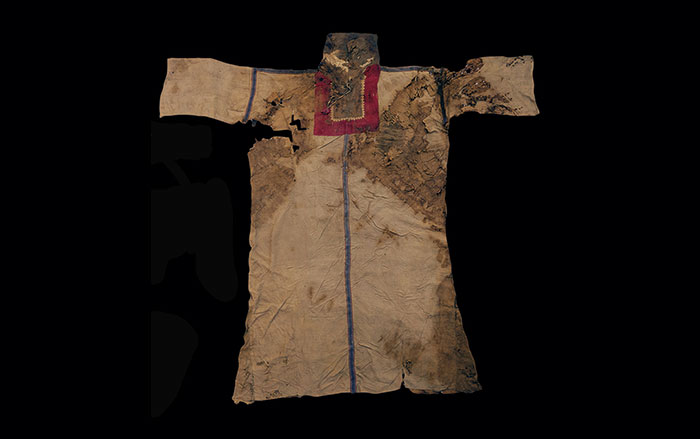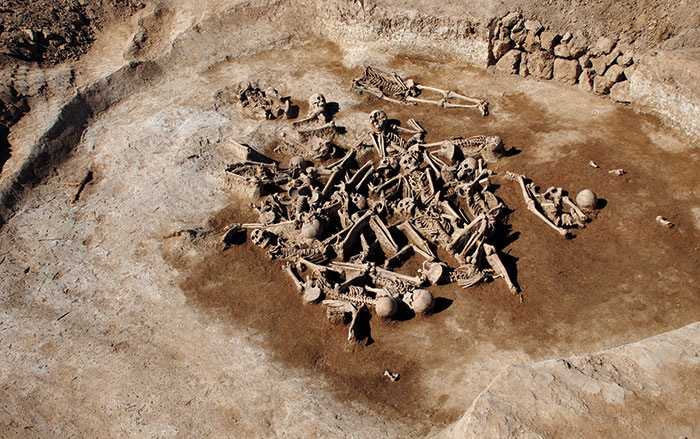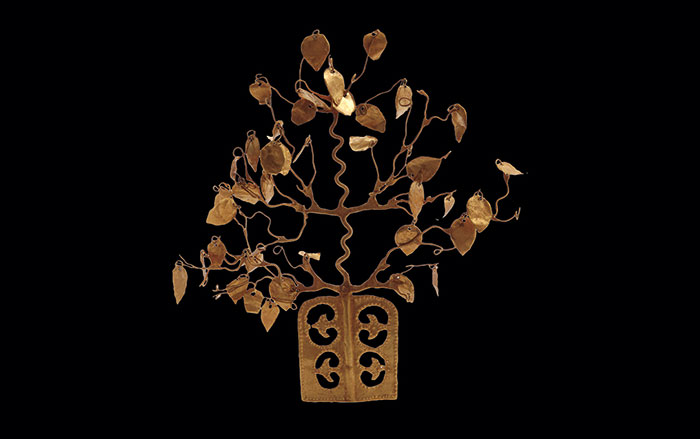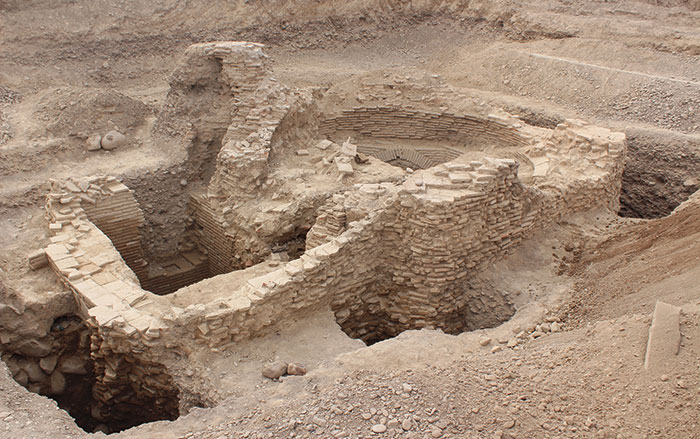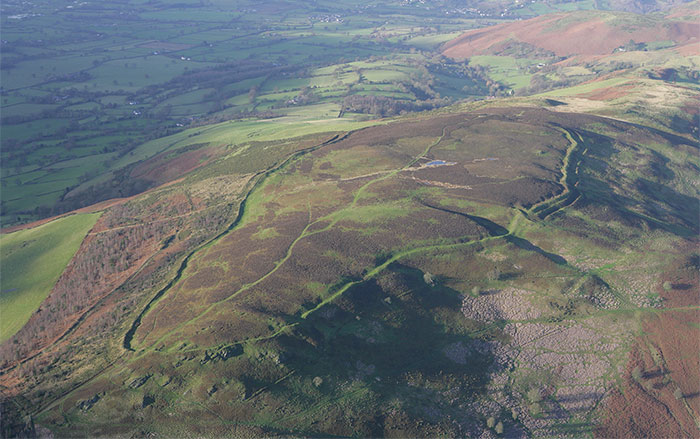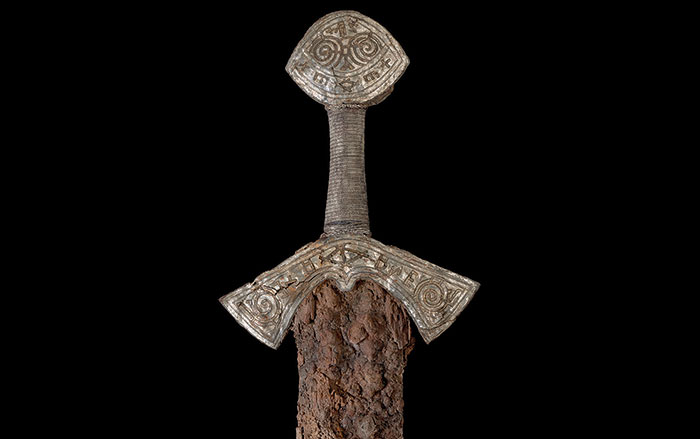
SYDNEY, AUSTRALIA—Darren Curnoe of the University of New South Wales and Ji Xueping of the Yunnan Institute of Cultural Relics and Archaeology conducted a detailed study of a partial femur discovered in 1989 in tropical southwest China’s Red Deer Cave. They discovered that the 14,000-year-old thigh bone, which is very small and narrow, was similar to thigh bones of Homo habilis and early Homo erectus, species that lived 1.5 million years ago. Skull bones from the cave’s possibly unknown species do not seem to be as primitive as the thigh bone, however. “Its young age suggests the possibility that primitive-looking humans could have survived until very late in our evolution, but we need to be careful as it is just one bone,” Ji said in a press release. It had been thought that Neanderthals and Denisovans, which died out about 40,000 years ago, were the youngest pre-modern human species. "The new find hints at the possibility a pre-modern species may have overlapped in time with modern humans on mainland East Asia, but the case needs to be built up slowly with more bone discoveries,” Curnoe said. To read more, go to "Denisovan DNA."


